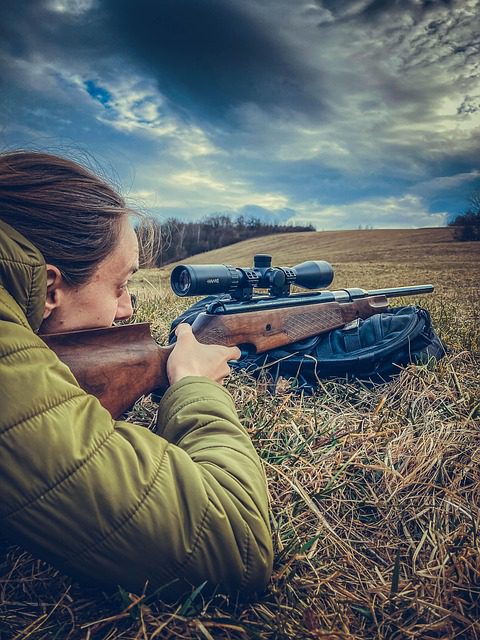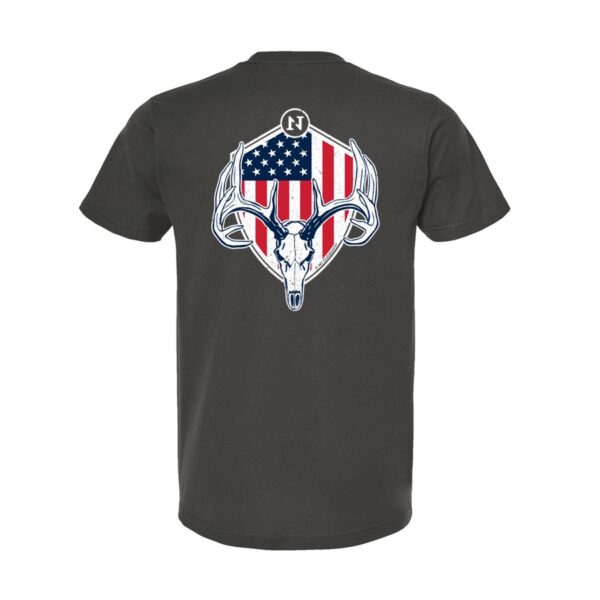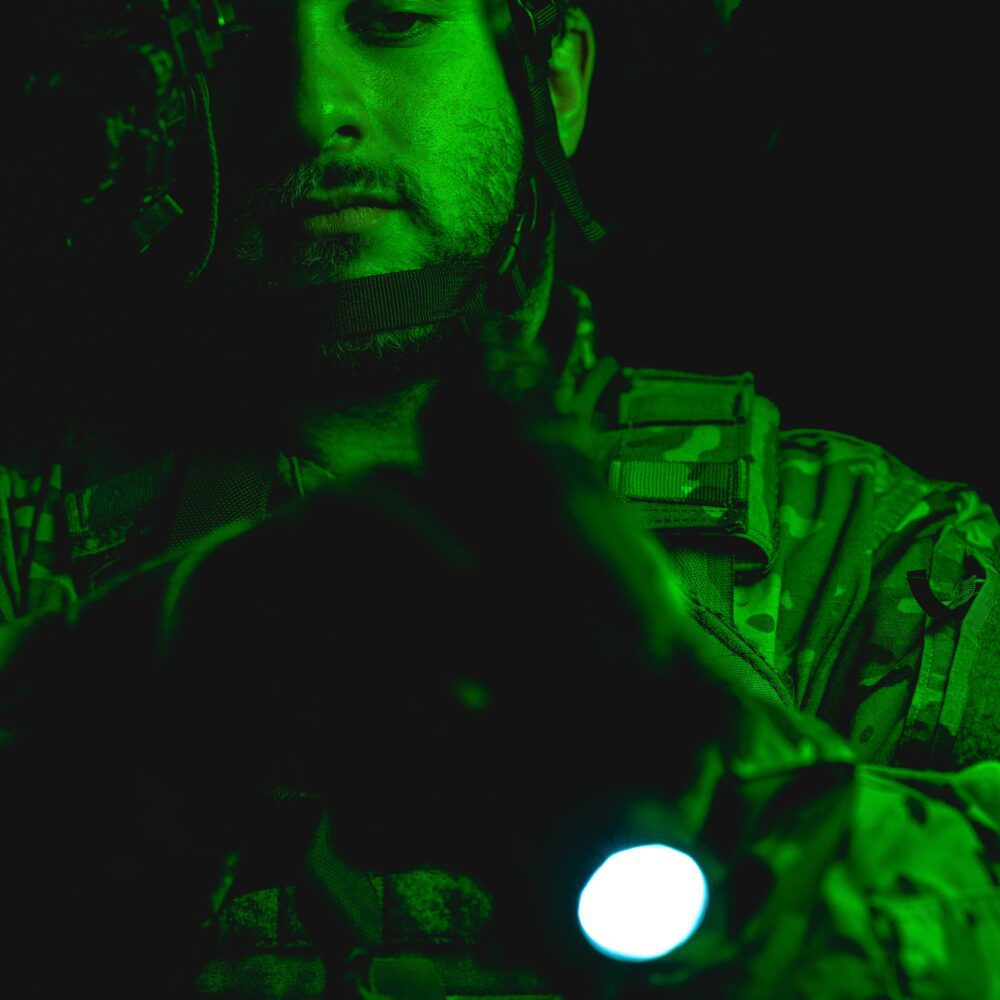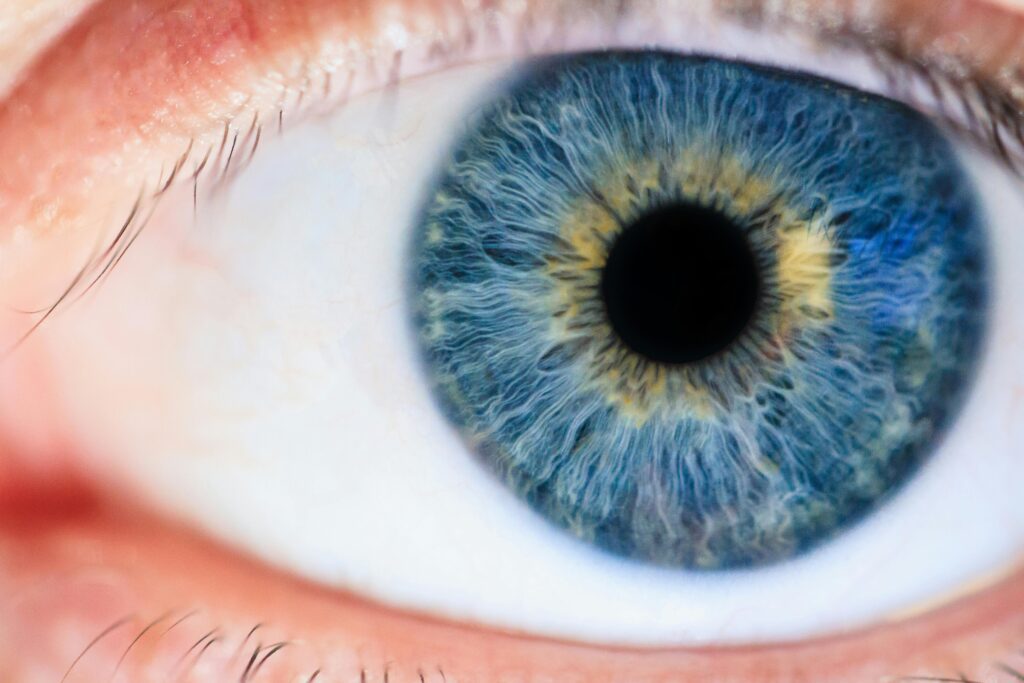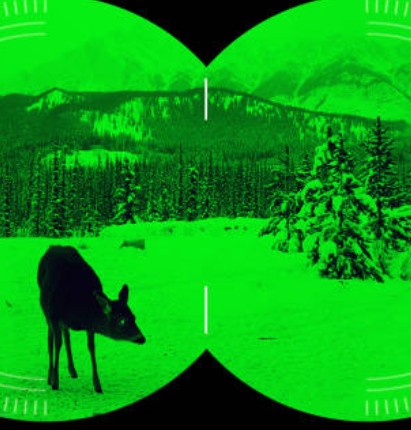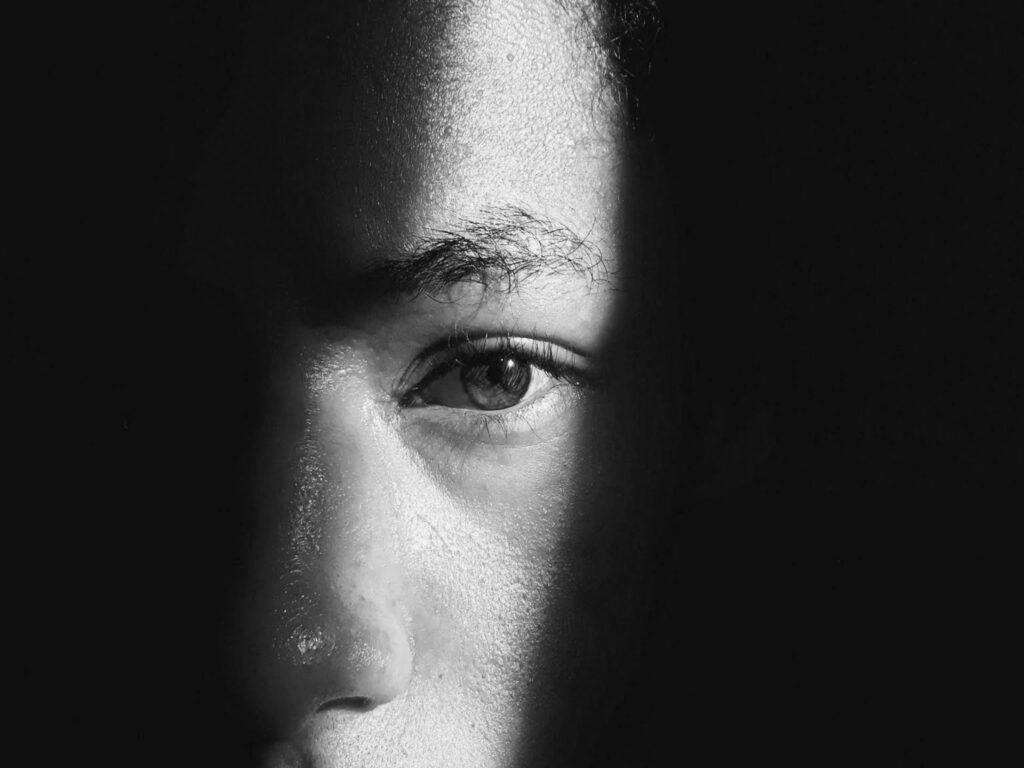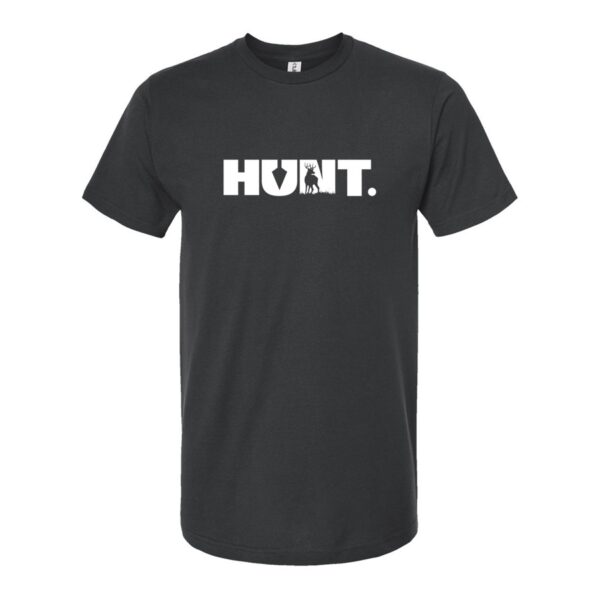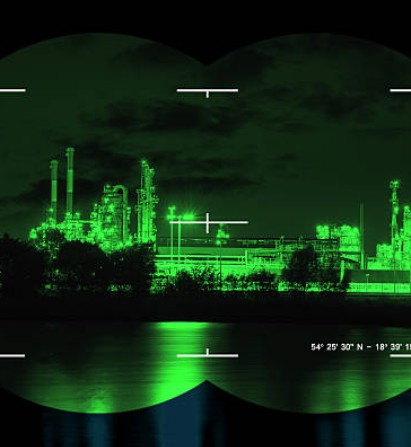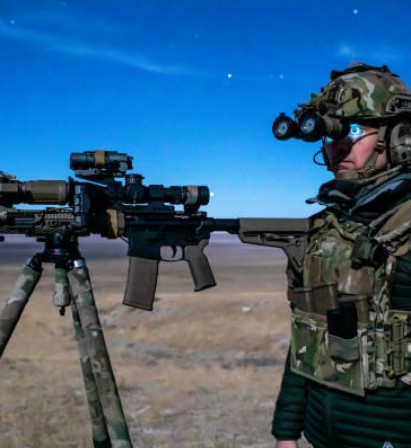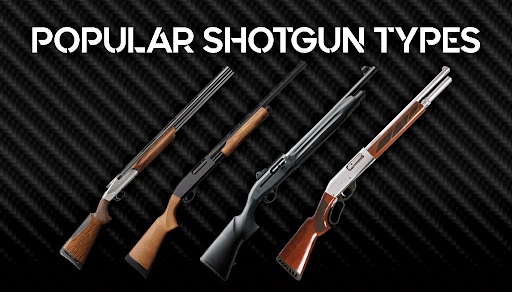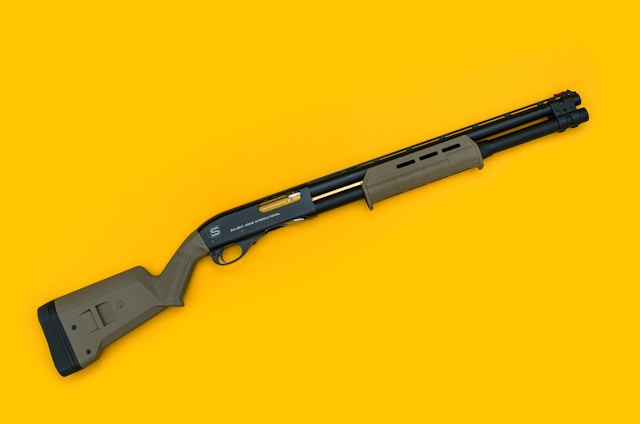Rifle scope eye relief is important when you want to improve shooting accuracy and be comfortable in the field.
As a hunter in the wilderness or a sport enthusiast taking part in a shooting contest, you can have a better shooting experience if you have a thorough knowledge of eye relief.
This guide will tell you what rifle scope eye relief is, why you need it, and how much you should have.
Rifle Scopes: So What Is Eye Relief Anyway?
Eye relief is the distance, or the gap, between your face and the eyepiece of your rifle scope. This distance is what enables you to see the full field of view clearly. When looking through the rifle scope, you need to find the best place where your eye can see your target in the scope without blackout areas or vignetting.
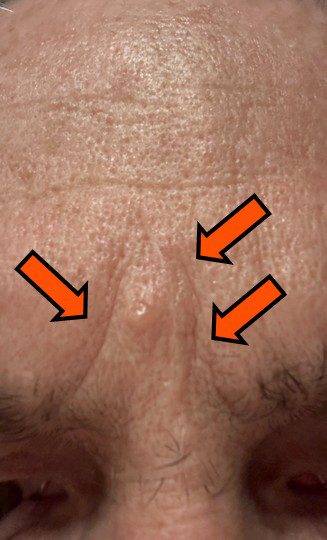
Proper eye relief can also help prevent “scope bite,” which is what can happen when the eye relief distance is too close, with the rifle recoil causing the scope to strike the shooter’s face when firing.
If you are shooting high-powered rifles that have lots of recoil, you can get hurt (i.e, serious cuts) by not having enough eye relief. Having too much distance between you and the rifle scope, however, can decrease your field of view, making it difficult to aim and concentrate your target. Proper eye relieve can also increase your accuracy.
Awesome Hunting Tees From N1 Outdoors
-
N1 Outdoors® “USA Antler” Tee
$24.99 – $28.99 -
N1 Outdoors® Sunrise In Tineville™ Tee
$28.99 – $32.99 -
N1 Outdoors® Tine Lines™ Whitetail Deer Antler Tee
$26.99 – $29.99
What’s The Right Amount Of Rifle Scope Eye Relief?

While there can be exceptions, the average eye relief in most rifle scopes is 3 to 4 inches, and may be larger with higher-caliber rifles.
Adjustable eye relief may provide additional versatility to the hunter who spends many hours in the field.
Adjustable rifle scope eye relief refers to the ability to change the distance between rifle scope’s eyepiece lens and the user’s eye, allowing for a clear and full field of view. This feature can be helpful in accommodating different shooting styles, a shooter’s physical characteristics, as well as personal shooting preferences.
Why Is Rifle Scope Eye Relieve Important?
There are a number of reasons why eye relieve is so important to a shooter:
- Avoids Recoil Injury:
High-powered rifles can create an extraordinary amount of recoil, which can be harmful to the shooter. Knowing the proper eye relief in order to prevent injury is paramount.
- Comfort During Shots:
Being comfortable during the shot can lead to better accuracy. Proper eye relief is a big part of that. If you’re comfortable, you’ll be able to shoot longer.
- Good Sight Picture:
Eye relief gives you a clear picture of what you are aiming/shooting at. Being too close to the scope an cause target distortion or blackouts, negatively impacting accuracy.
- Ease of Target Acquisition:
Proper eye relief creates a stable, comfortable sighting position and therefore allows you to better acquire your target and increase your precision when shooting long-range or moving targets.
Adjusting your Rifle Scope Eye Relief to Maximize Performance
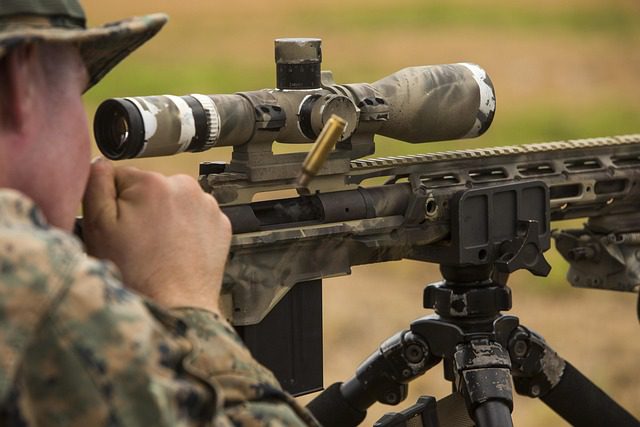
If you want to maximize your visual effectiveness through bringing the best out of your rifle scope and eye relief, just do the followings:
- Mount Your Scope Correctly:
Be sure that the rifle scope is mounted on the gun so that it allows for your face to be in a comfortable position and at a safe distance away when shooting. Adjustable eye relief allows for the shooter to adjust the scope appropriately, in order to provide the proper eye relief.
- Full Field of View:
Place your eye near the scope and ensure that the total field of view is seen, including the target and the reticle. When some portions of the sight picture are blocked, alter the scope location so as to attain the correct eye relief.
- Avoid Scope Bite:
It’s imperative that you have enough eye relief to prevent scope bite. Pay careful attention to this especially when shotting high-powered rifles.
- Test Your Eye Relief Settings:
After you have set your scope, fire a couple rounds and see how your eye relief is. Again, be sure the scope position allows you to be able to see the full field of view.
Eye Relief Things to Remember
Proper eye relief is critical to safe and accurate shooting. Learning to make the proper adjustments to your eye relief distance, will lead to safer and more accurate shooting, whether in the field or at the range.
Remember:
- You should check your eye relief every time before shooting in the field or at the range.
- Utilize scopes with variable eye relief.
- It is necessary to consider the amount of recoil your rifle generates and choose your optics and eye relief distance accordingly.
- Change your scope position to accomodate your shooting conditions and position.
Safe shooting, and good luck on your next big hunt!

